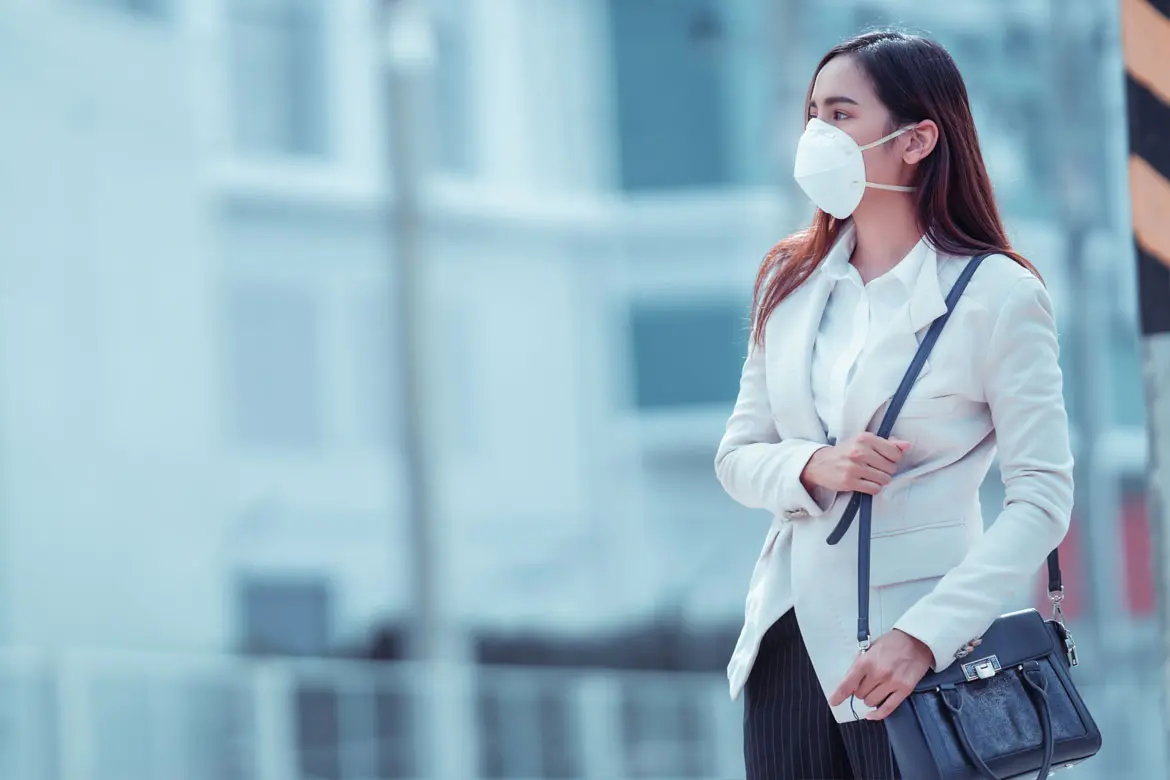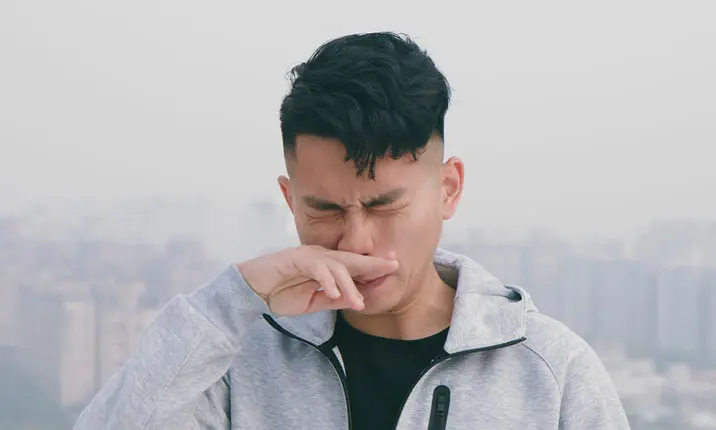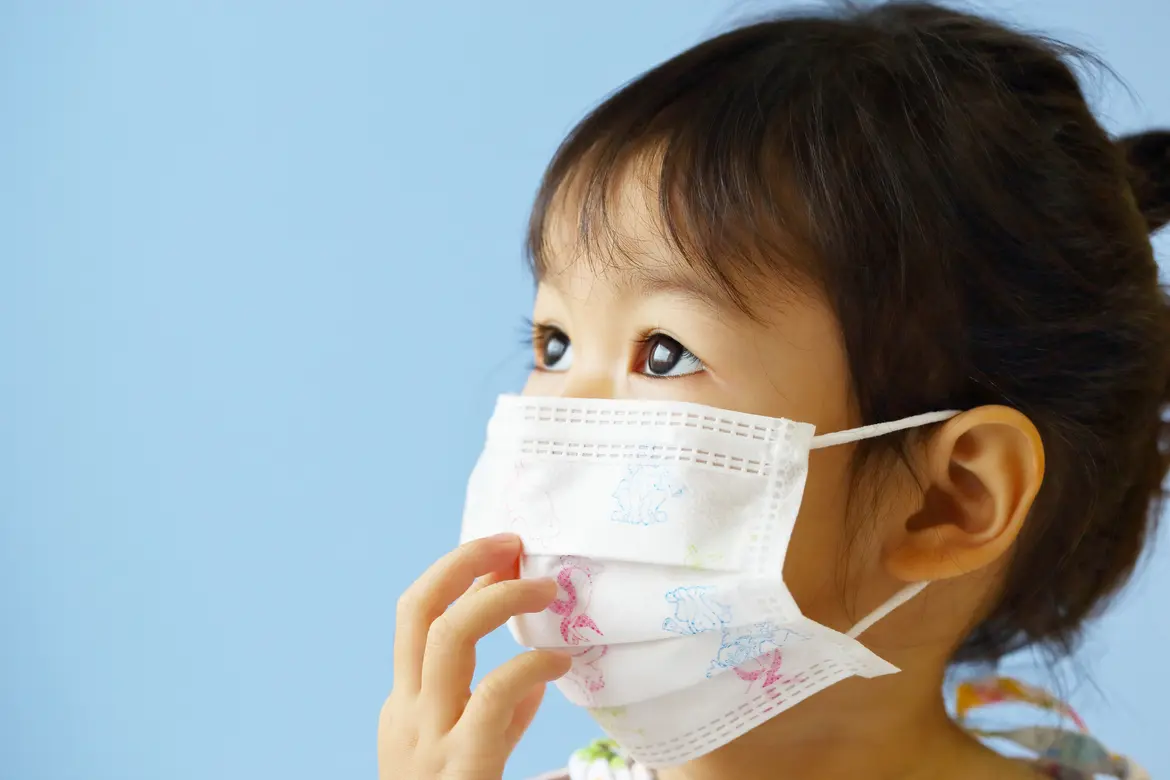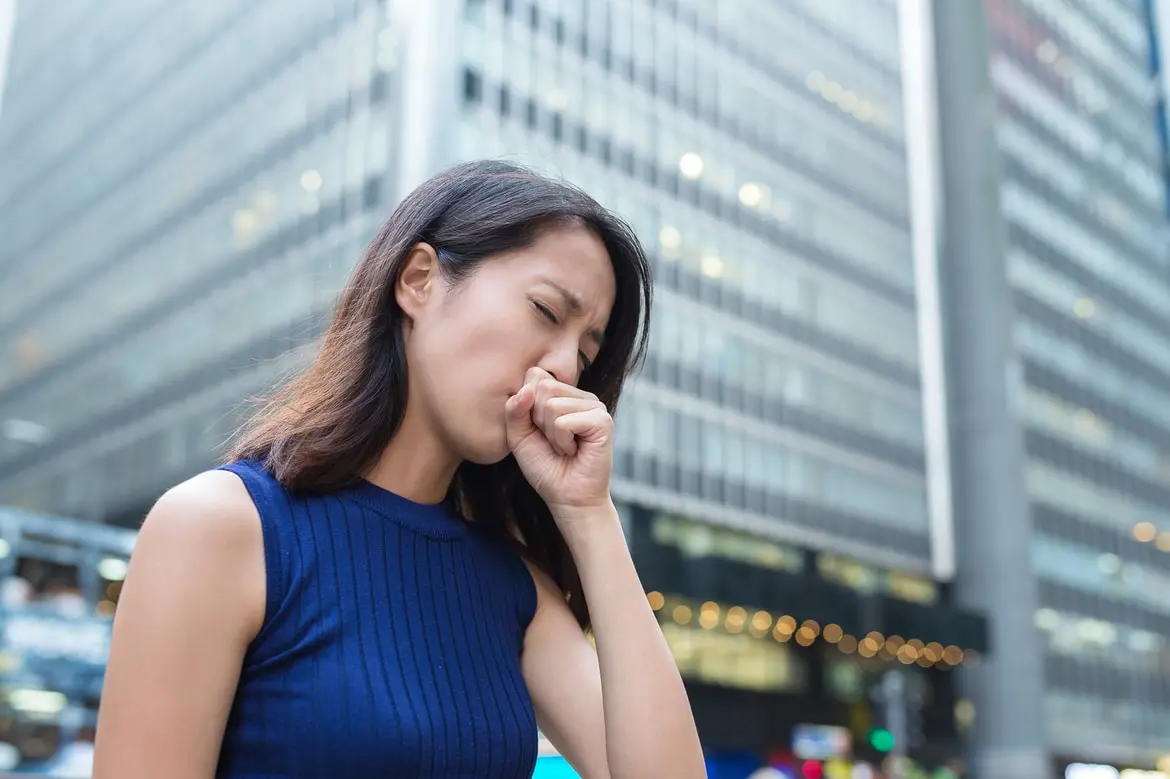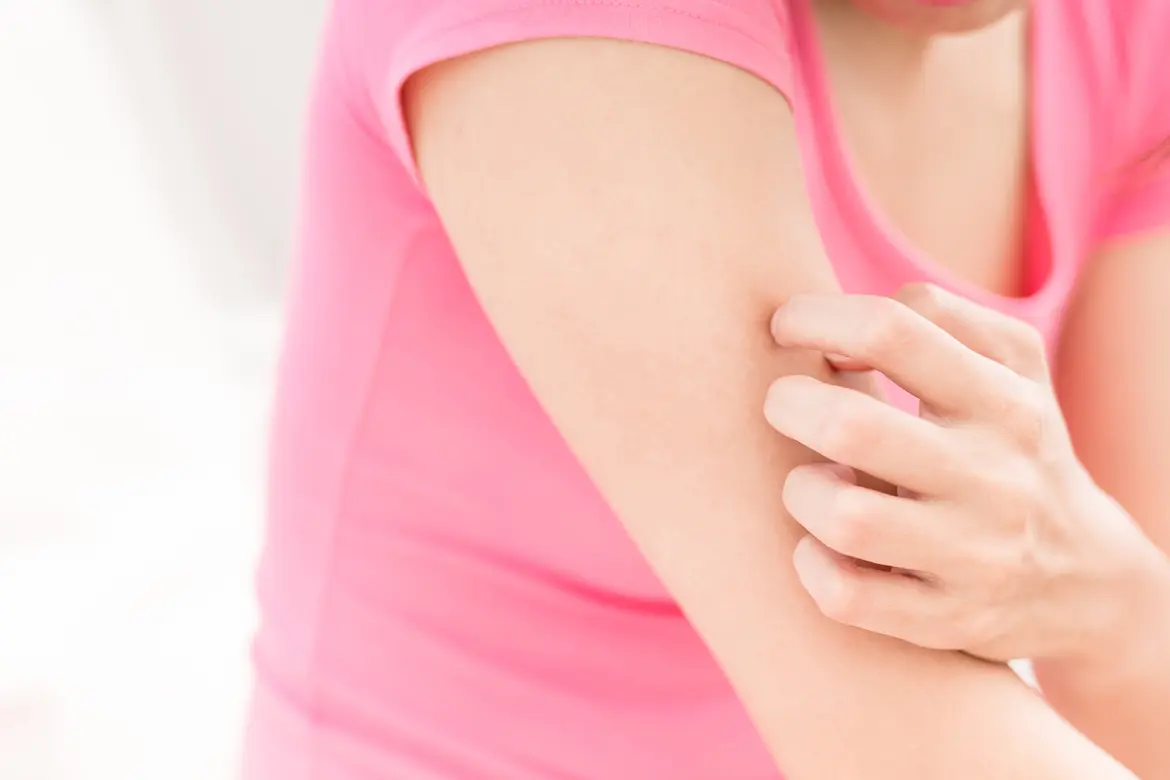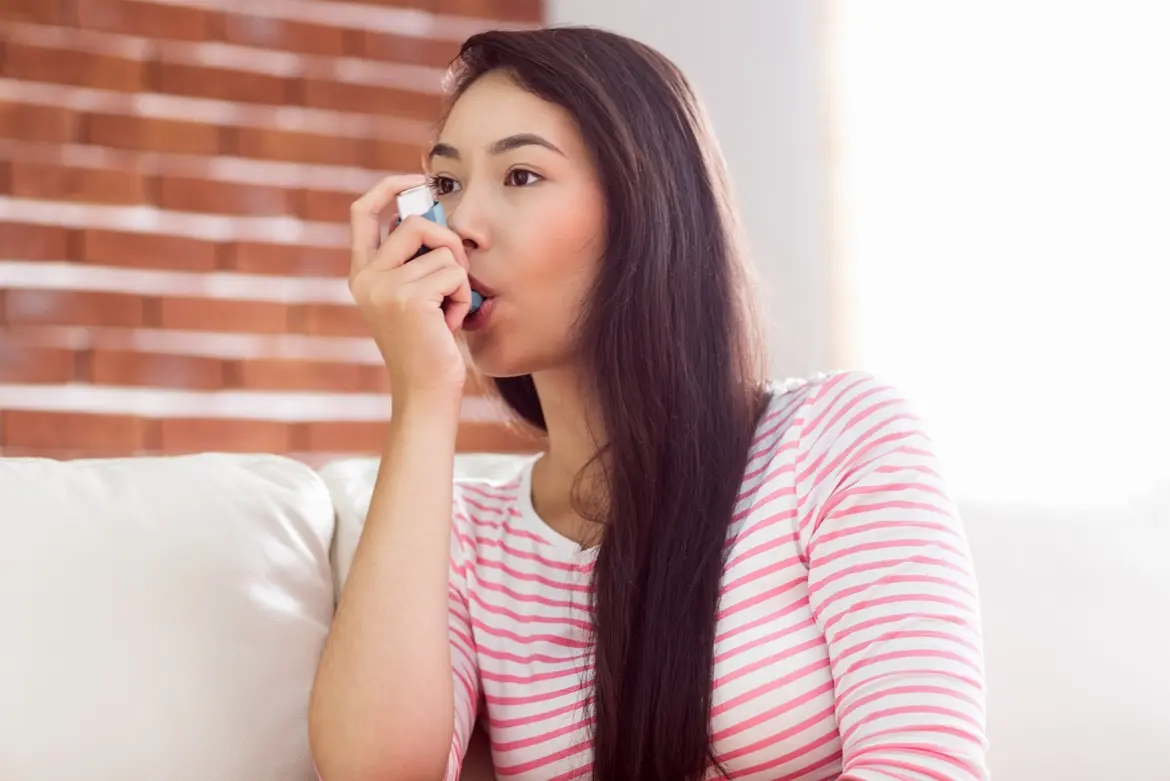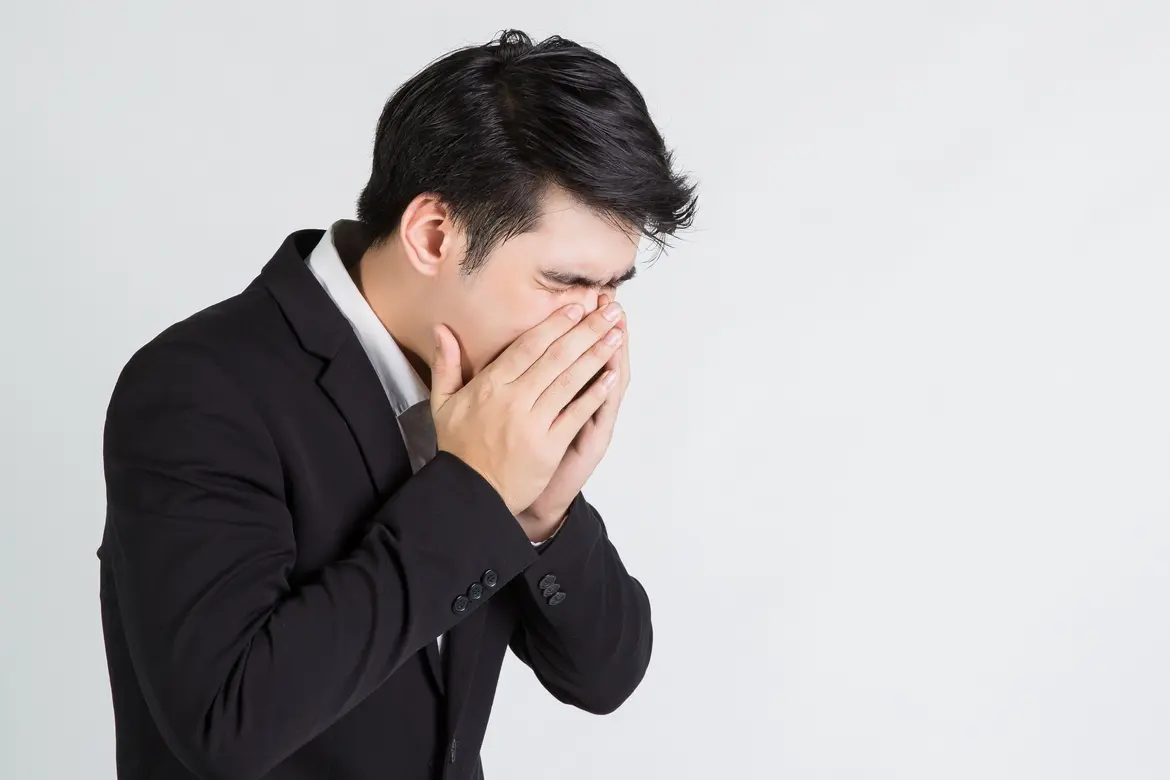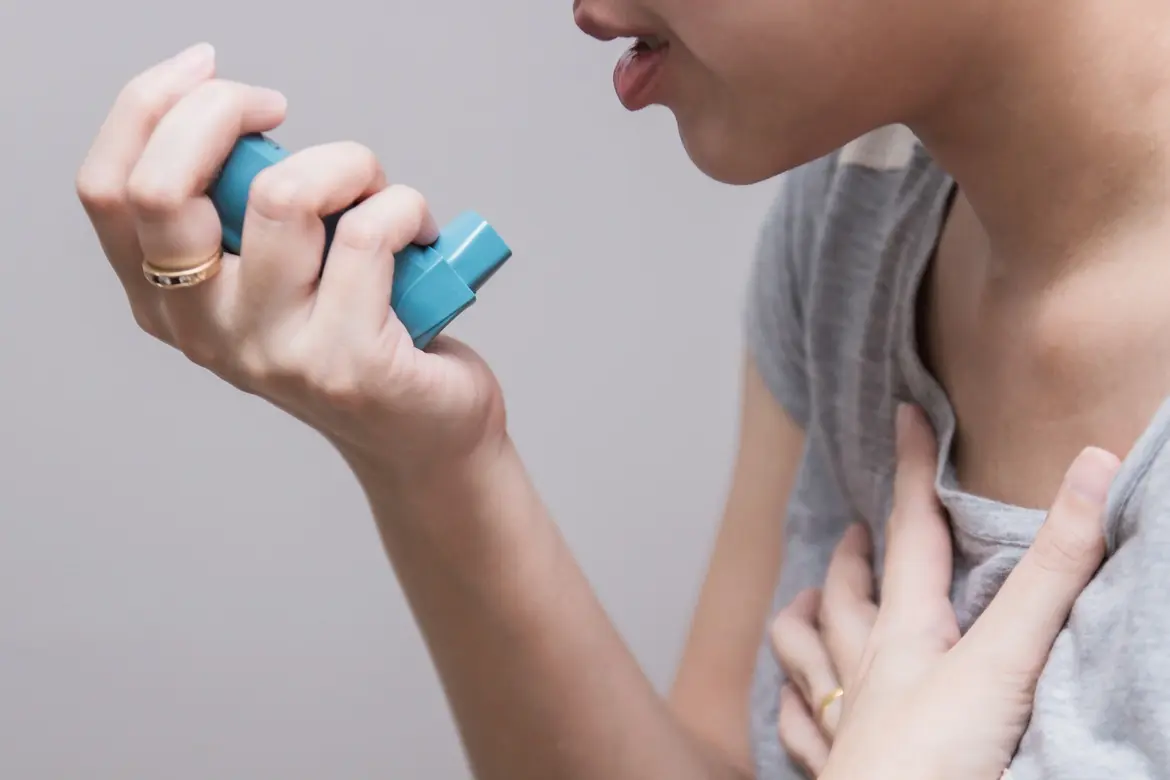Most Singaporeans are familiar with haze as the Southeast Asian haze problem happens almost every year, with its peak typically between July and October.
The transboundary haze in Southeast Asia has been plaguing us for many years, and most countries in the region including Singapore, Malaysia, Indonesia, and Brunei have not been spared. In recent years, these countries have worked hand in hand to combat the problem as their governments recognise the hazardous health effects of haze.
What is haze?
Haze is a mixture of airborne pollutants containing dust, smoke particles, carbon monoxide and other toxic gases. Due to its small size, these particles can enter deep into the lungs and into the bloodstream in some cases.
Haze is a form of air pollution and the most common sources of haze are traffic, industry, farming, and wildfires. However, the haze we experience in Singapore is largely due to forest fires in the region, which happens when open burning is done to clear land for agricultural purposes.
While fires may be burning, this does not necessarily mean that we will experience haze in Singapore. Whether we experience haze is due to where the fires are burning and the direction in which the wind is blowing.
Air quality is measured by the Pollutant Standard Index (PSI) which indicates the severity of haze. PSI is calculated based on an average reading of pollutant concentration levels over 24 hours. The key air pollutant of concern is the fine particulate matter (PM).
What are the health effects of haze?
How haze impacts our health largely depends on our health status (eg. whether you have pre-existing health conditions), the PSI level, how long we spend outside, and the intensity of the outdoor activity.
For healthy people, short-term exposure can cause irritation to the eye, nose and throat such as dry or sore throat, coughing, sneezing, runny nose and tearing of eyes. People with sensitive skin may experience skin irritations and eczema flare ups.
Fortunately, most people only develop mild symptoms which resolve on their own. Some patients with more severe or prolonged symptoms need to see a doctor for treatment.
Haze can also aggravate pre-existing heart or lung disease. For example, haze may trigger asthma attacks and acute bronchitis in patients with lung diseases. This can potentially be serious, hence these patients need to seek early medical attention and treatment.
Long-term exposure can potentially lead to the development of chronic bronchitis, reduced lung functions, an increased risk of cancer and even premature death. In Singapore, any exposure to haze is generally short-term in nature as Singapore does not experience haze all throughout the year.
Children and the elderly are also more sensitive to the effects of haze. They should stay away from the haze as much as possible by staying indoors. Pregnant women should also avoid exposure to the haze to reduce any adverse health effects on the baby.
What are the precautionary measures during haze?
During the haze, you can take the following measures to reduce exposure to haze particles:
- Stay indoors as much as possible.
- Keep doors and windows shut to reduce the amount of haze particles entering the home or workplace. Fans or air-conditioners are useful to cool or circulate the air, and portable air purifiers can be used to further improve the air quality indoors.
- Eat a balanced diet, stay hydrated and get ample rest.
- Increase intake of vitamins by eating lots of vegetables and fruits such as carrots and broccoli. These help to boost your immune system and reduce the irritant effects of the haze particles.
- Avoid rubbing your eyes and use saline wash if you feel any eye irritation.
- For people with existing chronic heart and lung conditions, do make sure that you have a sufficient supply of regular medications that are readily available for use. For example, patients with asthma need to ensure that they have their inhalers on hand.
- Reduce physical outdoor activities as much as possible. Refer to the MOH health advisory below which recommends different levels of physical activities for different groups of people based on the PSI forecast.
| 24 hour PSI forecast | Healthy persons | Elderly, pregnant women, children | Persons with chronic lung or heart disease |
| 0 – 50 | Normal activities | Normal activities | Normal activities |
| 51 – 100 | Normal activities | Normal activities | Normal activities |
| 101 – 200 | Reduce prolonged/ strenuous outdoor physical exertion | Minimise prolonged/ strenuous outdoor physical exertion | Avoid prolonged/ strenuous outdoor physical exertion |
| 201 – 300 | Avoid prolonged/ strenuous outdoor physical exertion | Minimise outdoor activity | Avoid outdoor activity |
| > 300 | Minimise outdoor activity | Avoid outdoor activity | Avoid outdoor activity |
When do we need to wear a mask?
When PSI levels exceed 101, those with pre-existing heart or respiratory illnesses are advised to wear N95 masks outdoors. N95 masks are specially designed to keep out PM. If you are healthy, have to be outdoors for several hours, and the PSI levels are above 300, it is recommended for you to wear a N95 mask.
However, N95 masks makes breathing more difficult which may lead to discomfort, tiredness or headache. In particular, pregnant women (in their 2nd and 3rd trimesters) and the elderly should stop using N95 masks if they feel uncomfortable. If you have respiratory illnesses, do consult your doctor on the use of masks if you intend to use them. N95 masks are not certified for children to use so it is better for children to remain indoors.
N95 masks are not needed if you are exposed to PM for a short while, like going to school or work, or walking from the bus stop to the shopping mall. Also, you do not need to wear N95 masks indoors.
Do take note that surgical and paper masks are not effective against haze because they do not offer enough protection from haze particles.
